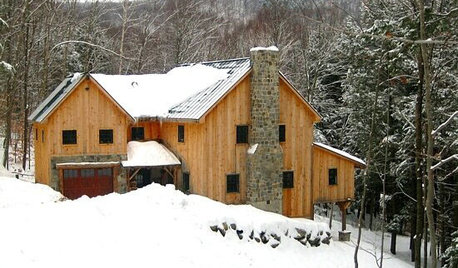Last year, I moved to a new place and started with a fresh garden. Tilled it and had good success. (This is my veg. garden) I used newspapers as mulch and that keeps the weeds away.
The only bugs I had were flea beetles on the eggplants and one squirt of Sevin (sorry...I'm only now learning about organic...I was raised on Sevin) got rid of them.
This year has been the year of the invasion. In all my years of gardening, I've never had anything like this. In fact, I guess I've been lucky and never really had bug problems, at least none that required treatment (other than last years flea beetles)
I've had: flea beetles, cucumber beetles (absolute disaster), leafhoppers (a plague of them and they've nearly sucked everything to death), aphids (not a big deal) and slugs. Slugs were not a big problem...I planted pennies around plants and they went elsewhere. Plus used a little iron phosphate. Bye bye.
I'm trying to devise a plan to hopefully prevent bug invasions next year.
My plan for spring is to till (last year, I did the lasagne using leaves, and I'm wondering if that played a role in the bug invasion), add nematodes (specifically for the cuke beetles..I've forgotten the name of them), and release ladybugs from the start.
This year I tried: insecticidal soap (homemade from dishwashing soap) and it quickly took care of the aphids. then I tried neem oil - it smelled good, but I don't think it worked all that great to be honest. But maybe because I didn't add a drop of dish soap? I didn't know to do that...does it help?
I also bought lacewing eggs, hatched them then released, but I don't know if they worked at all, or if I ended up killing a bunch with Neem oil. I never saw an adult lacewing.
The cucumber beetles gave my cucumber and honeydew vines a disease, and the vines just melted away. The honeydews also have scab and are deformed. it's a real tragedy.
My eggplants survived and put out a decent crop, and my gypsy peppers had no damage at all. They're going nuts, so at least I've got them. My tomatoes put out good ones, but are slowing down, perhaps due to leafhopper damage. They look terrible.
So...what should I do for fall when I pull everything up?
I have access to rabbit poop (next door neighbors) and probably racehorse manure, though I'm not sure how hard that is to get. I'd have to haul it in my car. LOL.
I'm not composting because I don't need more slugs. They scare me. I also lack greens. (My lawn isn't so good)
I have zillions of leaves and could shred them with my uncle's mulch mower thing. Last year, I used leaves in my lasagna layers, and then blamed the leaves for the bugs. I don't know if that's right or wrong.
Is there anything I should add to the soil to hopefully rid it of eggs? (My uncle the farmer thinks I should till in a bunch of sevin....like I said, I was raised on it)
Should I till the soil or wait til spring?
I'd really like to do preventative for next year and am williing to do the work...I just don't know what's right and what's wrong.
I'm planning on buying some books to read over winter on organic gardening and companion planting. I've always used marigolds and the leafhoppers sucked them dry too. And I guess gave them all a disease. It's been a nightmare.
I'm mostly worried about the leafhoppers and cuke beetles.
The good news is that I'm filled with wonderful butterflies, goldfinches and so many hummingbirds that come and dance at my front window.
They even dance with my cats, who are mesmerized by them through the window. It's lovely. And I have a happy cardinal family and have learned about cardinal behavior. It's very nice and sweet how the dad is.
This is why I've gone organic, because of my butterflies, bees and birds. (And because I've become convinced that Sevin and friends only make matters worse in the long run)
Oh, this year I used the newspapers as mulch, with straw on top. The straw was pretty (and smelled SO GOOD). I loved it, but could that have added to the bug problem? The leafhoppers seemed to live in the straw.













gardengal48 (PNW Z8/9)
julianna_ilOriginal Author
Related Discussions
how to prep soil for next spring?
Q
Preparations for next spring
Q
Reusing Container Soil/Preparing for next spring
Q
Hard compacted, wet clay soil. How to prepare the soil for sod?
Q
ericwi
gardengal48 (PNW Z8/9)
terri_portland
julianna_ilOriginal Author
dchall_san_antonio
julianna_ilOriginal Author
dchall_san_antonio
julianna_ilOriginal Author
billme
puzzlefan
dirt_tracker Alabama Zone 8A
julianna_ilOriginal Author
Kimmsr